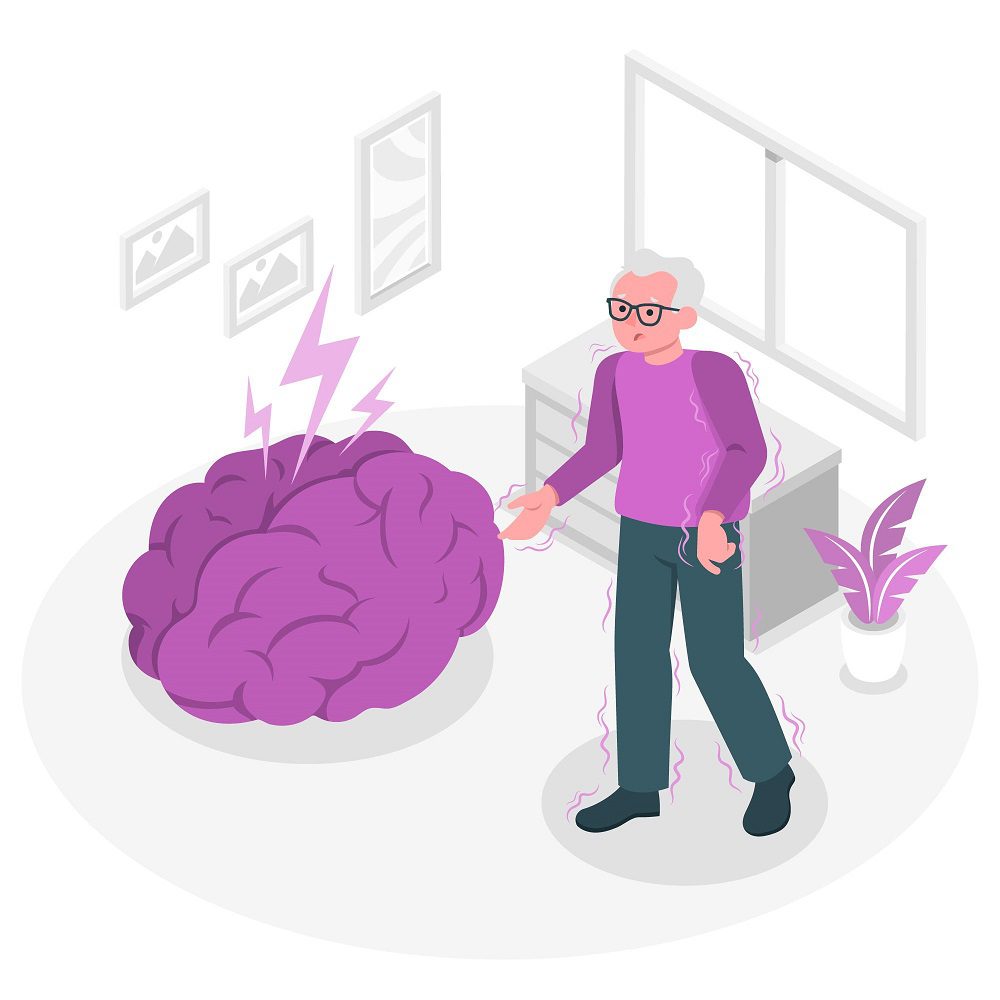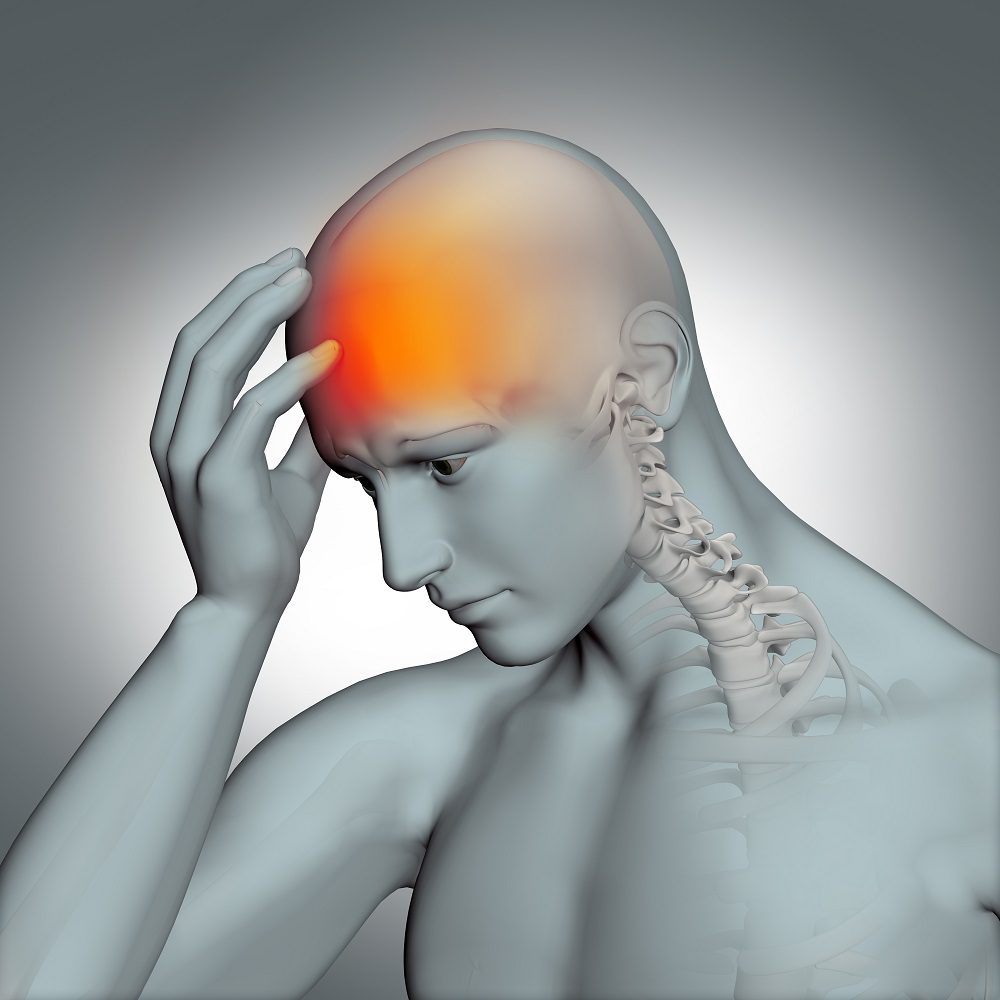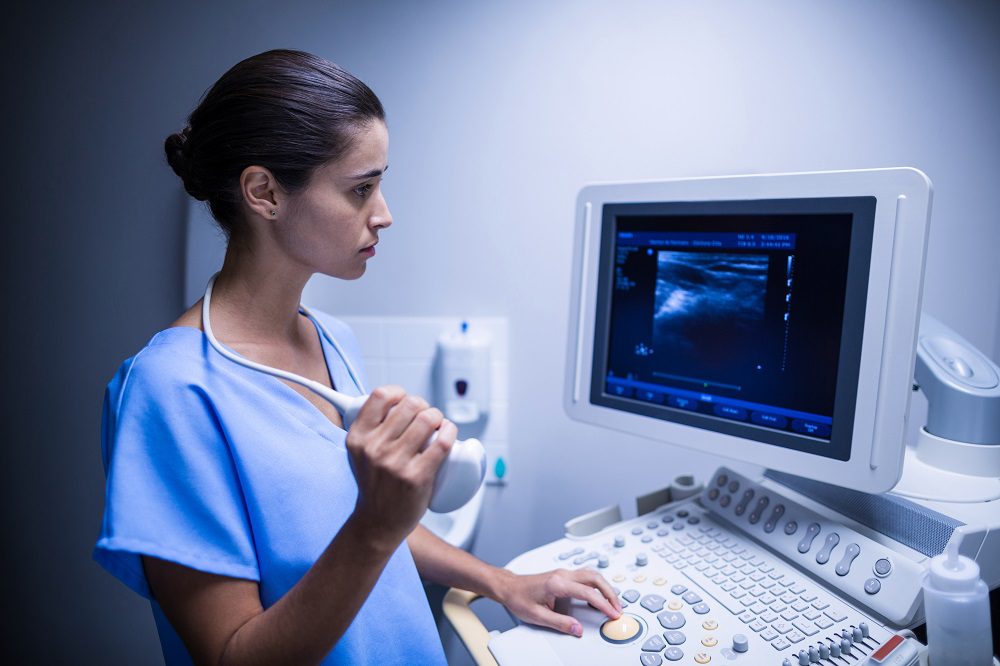Self-Monitoring Among Individuals with Neurodegenerative Dementias


Self-monitoring is an important component of human empathy and is essential for the formation of the repair of social relations. The gray matter changes in patients with dementia and also indicates that anatomical regions such as the orbitofrontal, temporal cortex, and anterior prefrontal have an essential role in the self-monitoring function in patients with dementia.
The lateral and medial orbitofrontal cortex enormously contributed to self-monitoring in patients with dementia.
Predisposing Risk Factors for Functional Limb Weakness


A common symptom of functional neurological disorder is functional limb weakness. It is diagnosed based on positive features of internal inconsistency. The hallmark of functional limb weakness is the existence of internal inconsistency revealing a pattern of symptoms governed by abnormally focused attention. Adverse childhood experience arises as a clear risk factor for functional motor disorders but also varies largely according to the setting and duration of symptoms and is not present in the majority of patients.
What is the cause of Hate in the Brain?


Hate is defined as an intense dislike that facilitates the elimination of others, and involves dehumanization or the denial of human qualities to others. A possible brain mechanism for hate seems to involve an “animalistic” infraumanization that results in withholding empathy from the devalued target; this mechanism may be mediated by the inferior frontal cortex (IFC). Neurologists and psychiatrists may have an increasingly crucial role in elucidating the mechanisms of the brain that underline hateful behavior. Some define hate as a deep, enduring, intense emotion while others consider it as a long-lasting attitude.
Can gut dysbiosis cause depression in children?


Fungi represent a minor element of the human gut microbiome. A distinct mycobiota is identified in individuals with neuropsychiatric disorders like schizophrenia and autism. An internal transcribed spacer amplicon can be used for the gut mycobiome analysis. Most patients experience moderate to severe depressive symptoms. Candida, Saccharomyces, Aspergillus, Penicillum, Cladosporium, Apiotrochum, Cutaneotrichosporon, and Wallemia are the most abundant species.
Mania and Traumatic Brain Injury: Is there any association?


Mania is defined as an uncommon but debilitating psychiatric occurrence following traumatic brain injury. Traumatic brain injury is a leading cause of mortality and morbidity. 74% of people develop mania within 1 year following traumatic brain injury.
The illness trajectory varied from a single manic episode to recurrent mood episodes. In some patients, rapid cycling is also reported. Rapid cycling refers to the presence of at least 4 mood outbreaks in the last 12 months that meet the measures for hypomanic, manic, or major depressive disorder.
Ultrasonic Vitrectomy Performance Assessment Using Micro-Extensional Rheology


Vitrectomy, or the surgical removal of vitreous, is a required step in most vitreo-retinal surgical procedures. Vitreous is a transparent gel-like substance found between the lens capsule and retina. It is composed of an inflated and highly hydrated collagen matrix with 99 wt.% water, 0.9 wt.% salts, and less than 0.1 wt.% collagen and hyaluronic acid. Vitreous is related to various functions, including maintaining transparency, protecting the retina from trauma, and other metabolic requirements. Due to the highly connected matrix of collagen fibers, vitreous removal can cause traction in areas of localized retinal adhesion. Thus, vitrectomy must temper extraction speed with the cutting action to maintain retina safety. Conventional pneumatic blade (PB) cutters use a “guillotine-style” cutter to aspirate vitreous out of the eye
